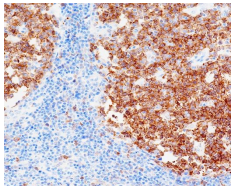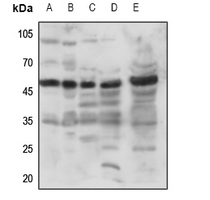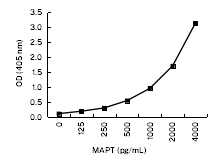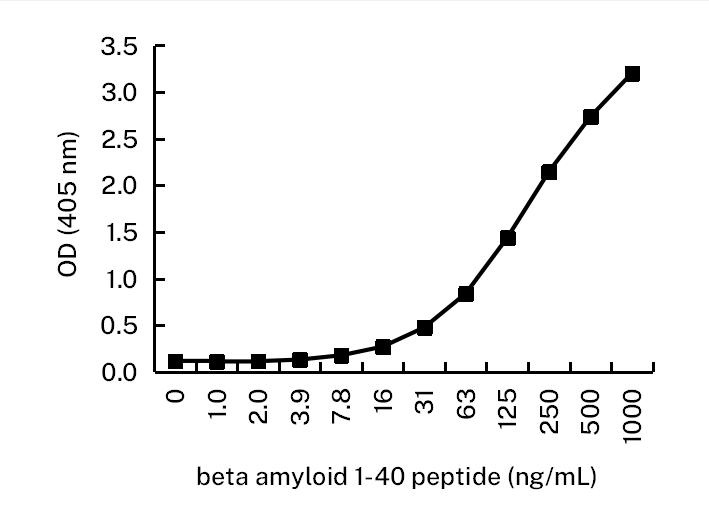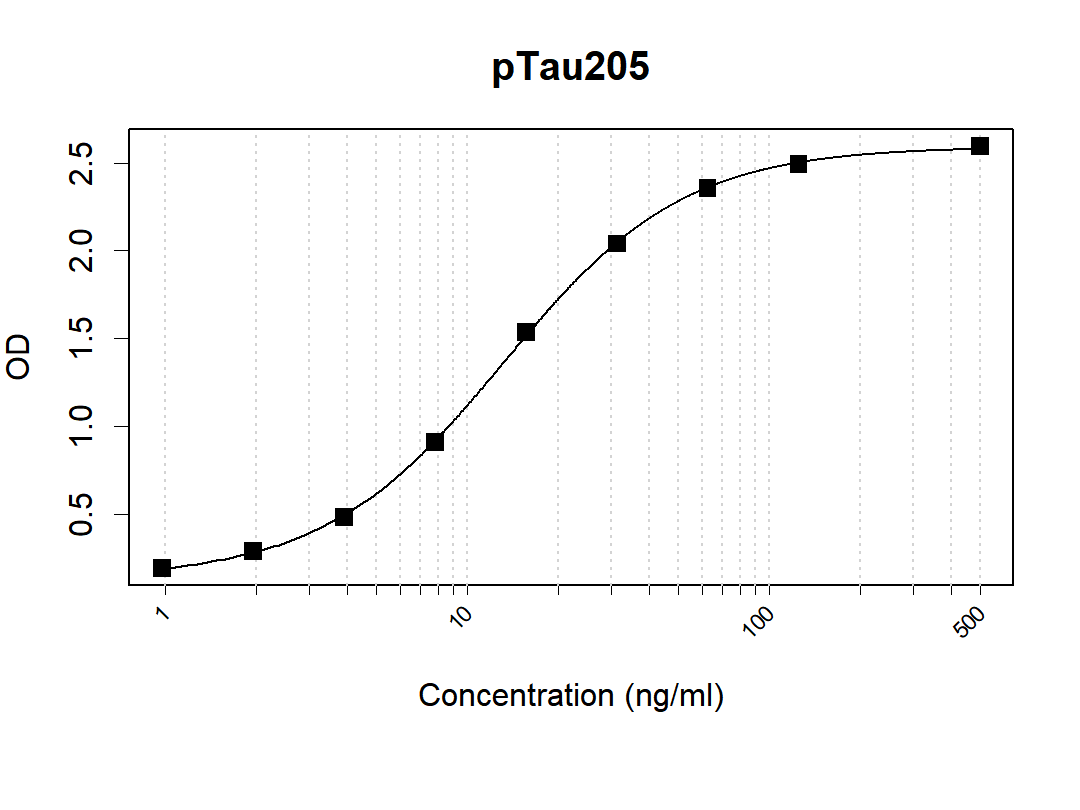Stathmin Rabbit Monoclonal Antibody(ARB554)
CAT.NO. : ARB6846
RMB Please choose
RMB Please choose
Size:
Trail, Bulk size or Custom requests Please contact us
*产品价格可能会有所调整,请以品牌方官网实时更新的价格为准,以确保准确性。
Background
Stathmin/oncoprotein 18, also known as STMN1, performs an important function in regulating rapid microtubule remodeling of the cytoskeleton in response to the cell’s needs. Regulation of stathmin is cell cycle dependent and controlled by the cell’s protein kinases in response to specific cell signals. Stathmin can cause uncontrolled cell proliferation when mutated and not functioning properly.
Overexpression of Stathmin has been associated with tumor progression in endometrial carcinomas, ovarian cancer and oral squamous-cell carcinoma. Stathmin has been found to be positive in 29% of cervical intraepithelial neoplasia (CINs) with differential expression based on the grade of the lesion as 10% CIN1, 45% CIN2, and 93% CIN3; whereas, p16 staining of the same cases was positive in 80% of CINs with 71% CIN1, 90% CIN2, and 94% CIN3. Stathmin shows similar sensitivity for CIN3 to anti-p16 (93% vs 94%) although it drops off for CIN2 (73% vs 96%). The specificity of stathmin antibody for both CIN2-3 (94%) and CIN3 (89%) is higher than that of anti-p16 (44% and 39%, respectively). Therefore, Stathmin antibody has major potential as a diagnostic marker in CIN classification over anti-p16 and it is valuable to distinguish CIN3 from the majority of low-grade precursors and negative/reactive cervical biopsies.
Overexpression of Stathmin has been associated with tumor progression in endometrial carcinomas, ovarian cancer and oral squamous-cell carcinoma. Stathmin has been found to be positive in 29% of cervical intraepithelial neoplasia (CINs) with differential expression based on the grade of the lesion as 10% CIN1, 45% CIN2, and 93% CIN3; whereas, p16 staining of the same cases was positive in 80% of CINs with 71% CIN1, 90% CIN2, and 94% CIN3. Stathmin shows similar sensitivity for CIN3 to anti-p16 (93% vs 94%) although it drops off for CIN2 (73% vs 96%). The specificity of stathmin antibody for both CIN2-3 (94%) and CIN3 (89%) is higher than that of anti-p16 (44% and 39%, respectively). Therefore, Stathmin antibody has major potential as a diagnostic marker in CIN classification over anti-p16 and it is valuable to distinguish CIN3 from the majority of low-grade precursors and negative/reactive cervical biopsies.
Application
|
Application |
Dilution Ratio |
|
IHC |
1:100 - 1:200 |
Overview
|
Predicted Molecular Wt |
17kDa |
|
Species Cross-reactivity |
Human |
|
Applications |
IHC-P |
|
Purity |
ProA affinity purified IgG |
|
Form |
Liquid |
|
Swissprot ID |
P16949 |
|
Subcellular location |
Membrane/cytoplasm |
|
Recommended Method |
Heat induced epitope retrieval with Tris-EDTA buffer (pH 9.0), primary antibody incubate at RT (18℃-25℃) for 30 minutes |
|
Storage Buffer |
PBS 59%, Sodium azide 0.01%, Glycerol 40%, BSA 0.05% |
Data
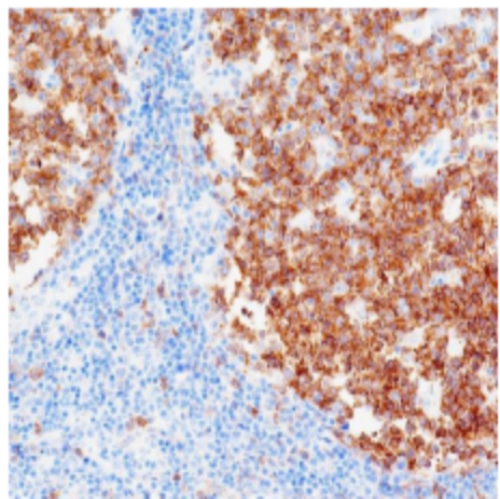
Immunohistochemical staining of human tonsil tissue using Stathmin Rabbit Monoclonal Antibody(ARB554)
Storage
Store at -20°C. Stable for one year from the date of shipment.
Research Use Only
For Research Use Only. Not for use in diagnostic procedures.
 New Products
New Products




